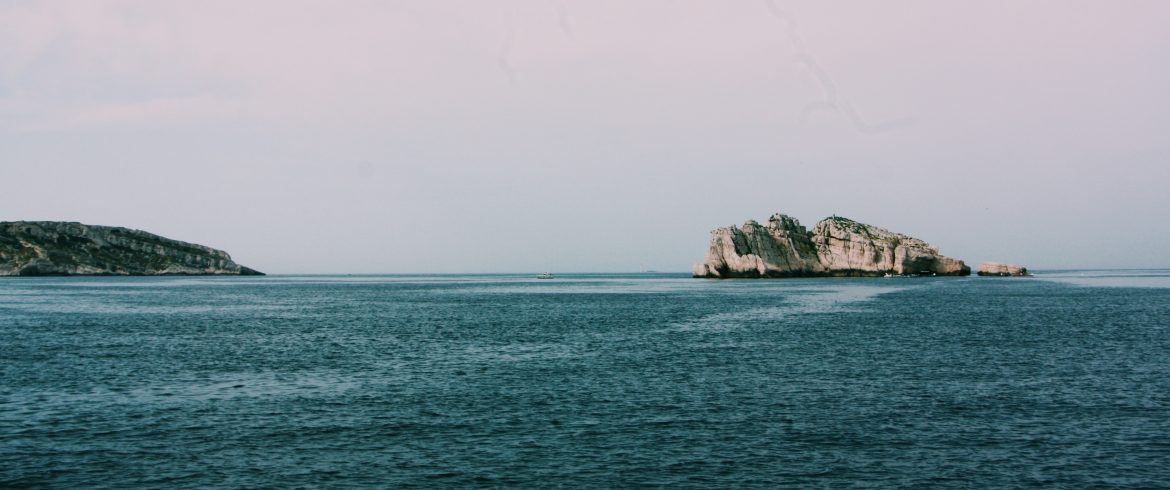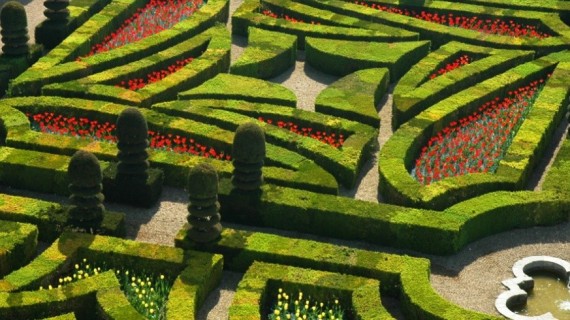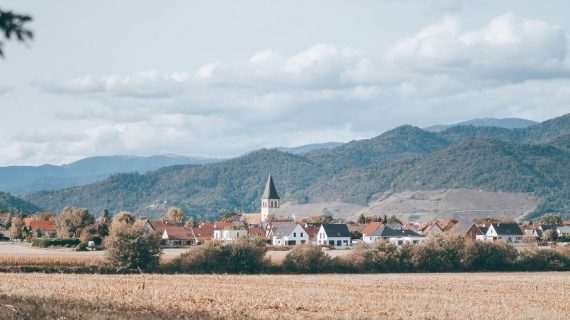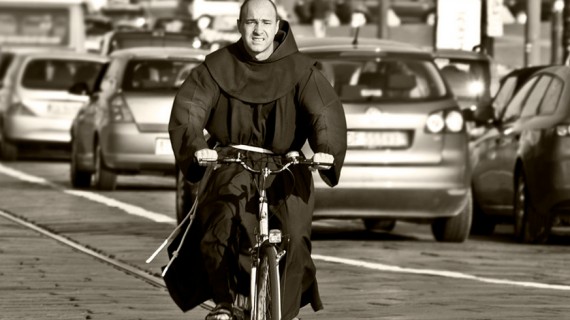In front of the heart of Marseille lies the archipelago of the Frioul Islands, made up of four islands, Pomègues, Ratonneau, If and Tiboulen, and the Calanques National Park. A natural paradise characterised by turquoise waters, rocky coastlines and biting winds.
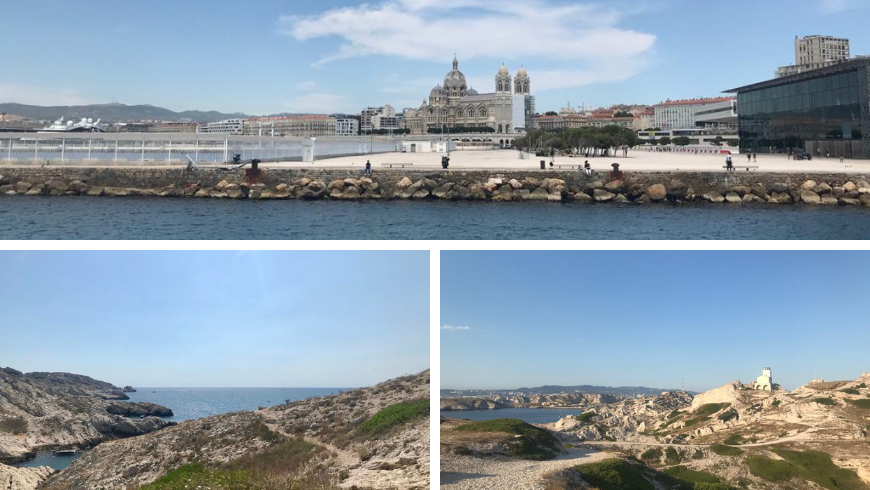
Their ancient geological formation is closely linked to the continent since 2 million years ago; an isthmus connected them to the earth! Marseille, the Conservatoire du Littoral and the Calanques National Park co-manage the Frioul Islands site. The aquaculture farm located on the island of Pomègues, which breeds Calanques wolf fish and sea bream, won the prize of the first organic farm in Europe.
Its toponymy links to the expression Fretum Julii: in Latin, “strait of Julius” because Julius Caesar established his anchorage there during the siege of Marseille in 49 BC. Since the 16th century, these islands have played an essential role in the defensive organisation of Marseille. It was also an important place for the history of the World War II. The impact of the 1944 bombings produced several depressions in the landscape.
The Frioul Islands and the Calanques National Park offer different colours. The white of the rocks glinting in the sun, the green of the vegetation growing irregularly and the turquoise of the sea invites you to take a swim.
1. The wind-sculpted landscapes of the Frioul Islands, rich in Flowers and Seabirds
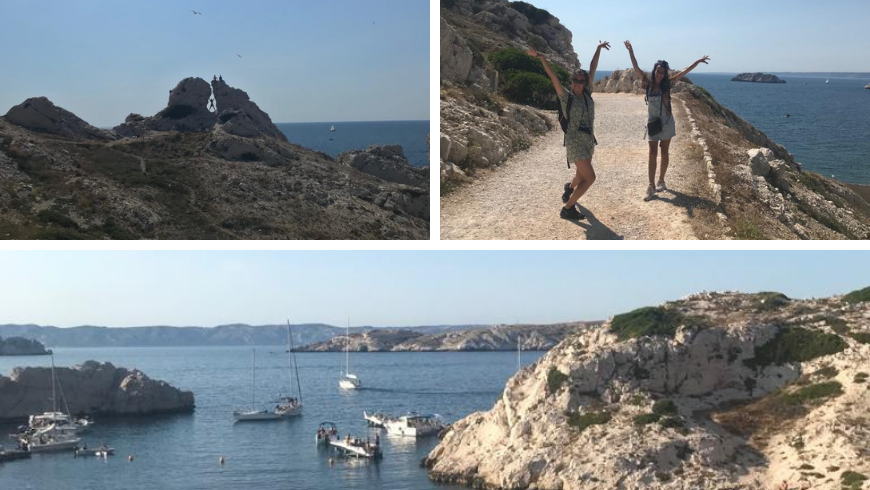
The Frioul archipelago is a site with an irresistible power of seduction: inlets, impressive peaks, relentless light, transparent water. The mistral is the creator of the driest microclimate in France, along with the southern coast of Marseille: it sculpts and orders. In doing so, it creates plant landscapes that stand out against white rocks.
The landscape is rich in flowers and birds. Over time, animal and plant life forms have adapted to this extreme environment. Frioul Islands are mainly home to plants (almost 350 species). Some of these are “xerophytes” (for drought) or “halophytes” (for salt). They are fragile and people should not pick them. You can find some species, such as Munby’s fumaria, nowhere else in the National Park.
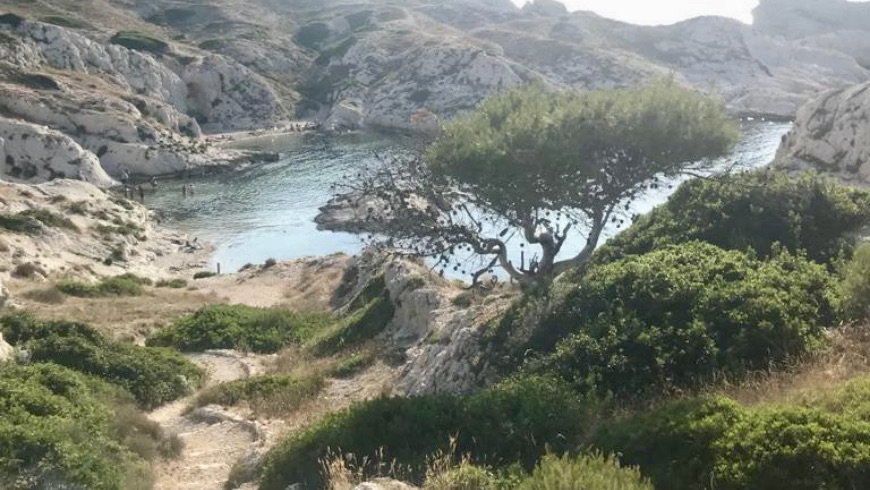
In the area, there are many seabirds, including grey seawater, storm petrel, crested cormorant and peregrine falcon. The Yellow-legged Gull reigns supreme, especially at Cavau Battery, its stronghold. You can find all these birds in the Riou archipelago. Other rare and protected species live on the Frioul Islands: the blue monticulous, Athena’s owl…
Underwater, the islands’ relief, orientation and shape have favoured a rich and varied aquatic life. Brown grouper, spotted seahorse, red coral and large madrepores live in a true mosaic of landscapes. The islands offer a beautiful view of Marseille. Artists such as Alexandre Dumas and Robert Guédiguian have mentioned them in their works.
How to reach the Frioul Islands?
To reach these islands, you can get ferry shuttles between Marseille and the Frioul islands – If Express, which leaves from the city’s Old Port. The journey takes about 25 minutes.
Map
Pro tips for visiting the Frioul Islands
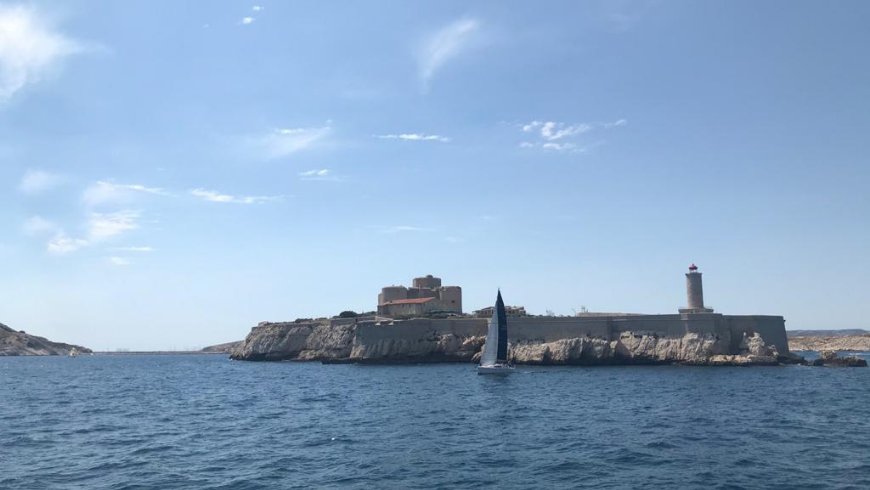
The service to the islands runs 7 days a week, but the timetables vary depending on the season. Due to weather conditions, plans may change each day, or even ferry trips may be cancelled. We recommend that you go early in the morning to buy your tickets and avoid the long queue. To fully enjoy the beauty of these islands, we suggest you spend at least one full day. Remember to bring plenty of water, some snacks, a hat and sunscreen! A good pair of sneakers will allow you to walk on the rocks.
2. The best Calanques you cannot miss in the Calanques National Park
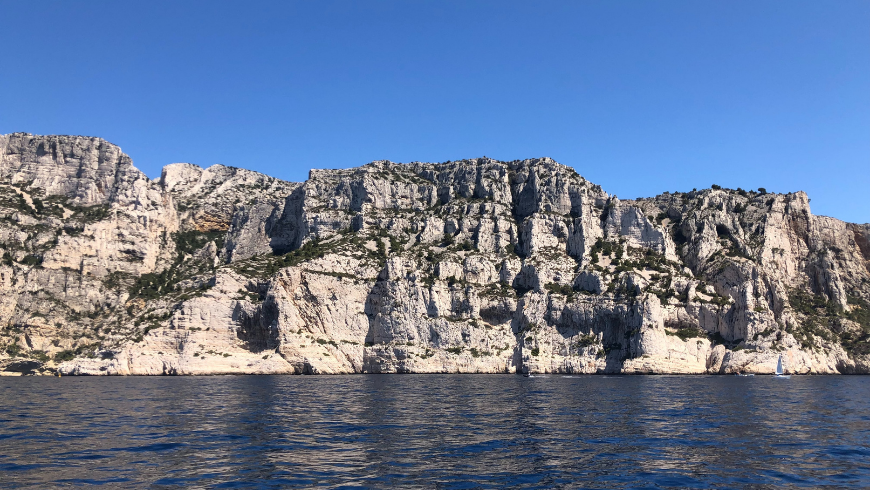
The Calanques National Park is a cultural and historical heritage overlooking the Mediterranean. It will welcome you in all seasons of the year with a marvellous nature rich in various habitats such as caves and canyons. It is an ideal place for hiking on steep massifs and water activities. There is a kind of magic along this stretch of land.
Proceeding from west to east there are:
- Callelongue‘s Calanque;
- Marseilleveyre‘s Calanque;
- Sormiou‘s Calanque;
- Morgiou‘s Calanque;
- Sugiton‘s Calanque;
- En Vau‘s Calanque;
- Port-Pin‘s Calanque;
- Port-Miou‘s Calanque;
- Figuerolles‘ Calanque.
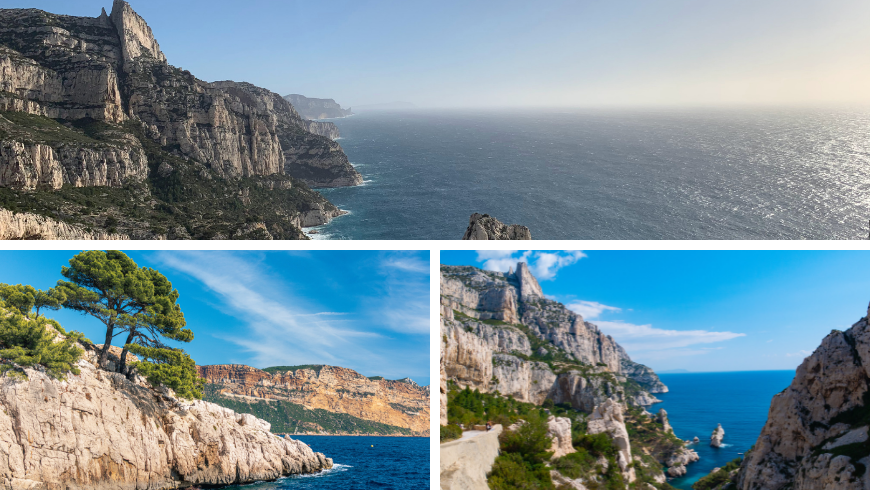
En Vau is the most beautiful of the coves within the park. The cove is located between two cliffs. We highly recommend Port Pin if you have children. Port Miou is one of the most beautiful coves, inside a small canyon. It used to be a natural harbour for fishermen. The Calanque de Sugiton is also a must-see, featuring two pebble beaches. Morgiou is one of the largest around Marseille. It was once a fishing village. Sormiou is the largest of the Calanques.
How to get to the Calanques National Park?
The best way to get there is to use public transports from Marseille as the bus. There are various tours to visit the Calanques, take a bike tour or a kayak tour to enjoy a different experience. The best time to explore the park on foot is between October and June. From July to September, entry is regulated through colourful signage. Hiking trails may be closed due to fire hazards depending on conditions and heat. Dogs are allowed as they are kept on a leash.
Map
Pro tips for visiting the Calanques
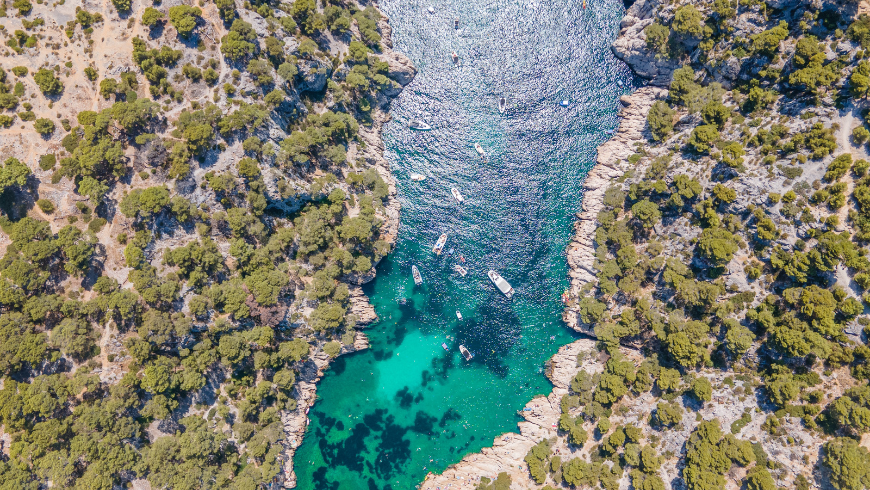
It is crucial to start your hike early, around 10:00 a.m., to catch all the colours this beautiful landscape offers. During the afternoon, the shadows make the Calanques less attractive. The terrain is very steep and rocky, especially in the area of the Calanque of En Vau. Be careful where you step, and remember to bring your walking shoes and plenty of water and snacks. Don’t forget your hat and sun cream!
3. Go on the Purple Lavander road in Valensole
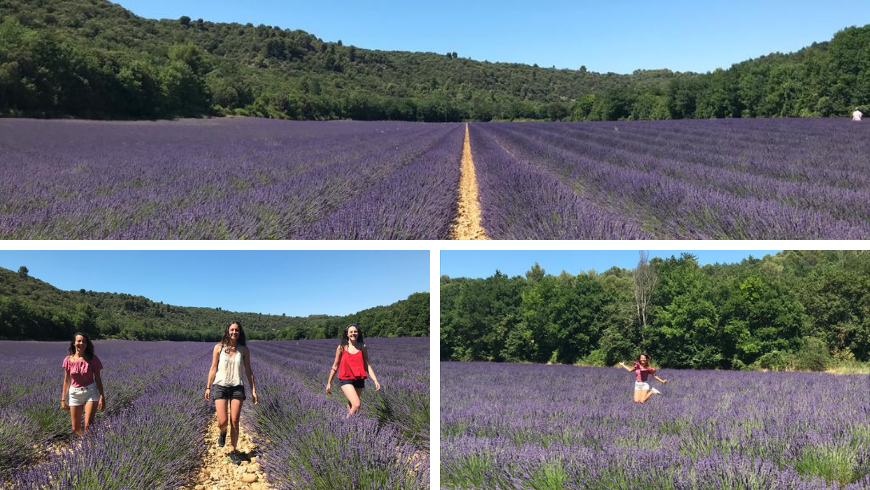
End your trip on a high note by going on the road through the lavender fields to Valensole. It is also worth doing a visit to the village of Valensole. Summer is the best time to admire the lavender fields in bloom. The flowering period usually starts at the end of June until August. Lavender grows so luxuriantly thanks to the warm and dry climate.
Map
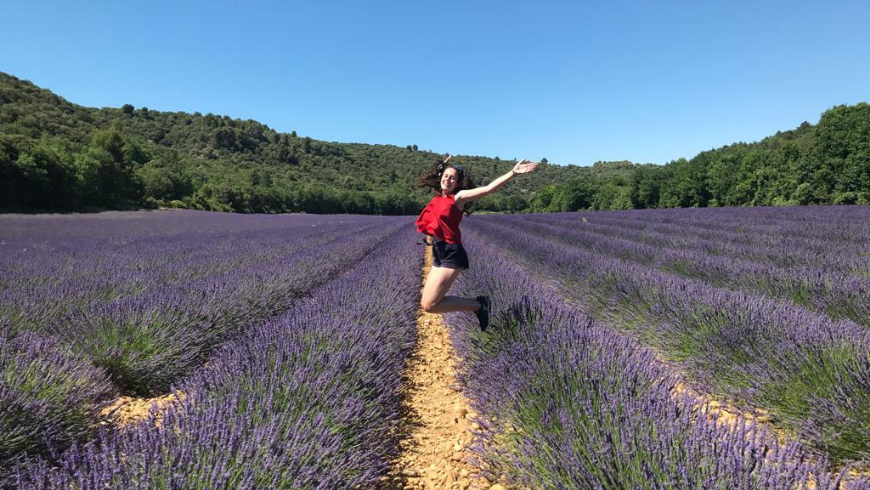
Pack your hiking shoes in your suitcase for a great hike, and bring the essentials to sit comfortably on a sailboat or take a kayak ride to discover this incredible natural land!
Cover image: Photo by Mael BALLAND on Unsplash
